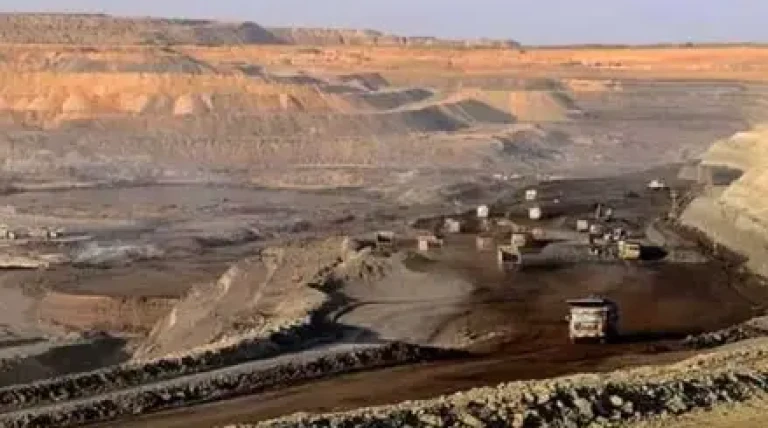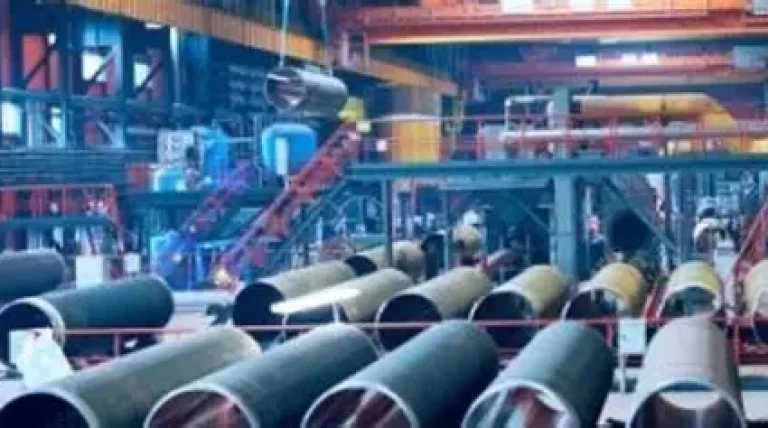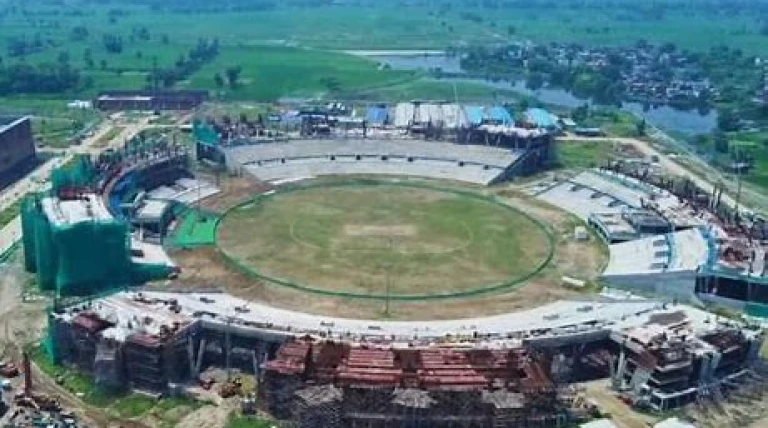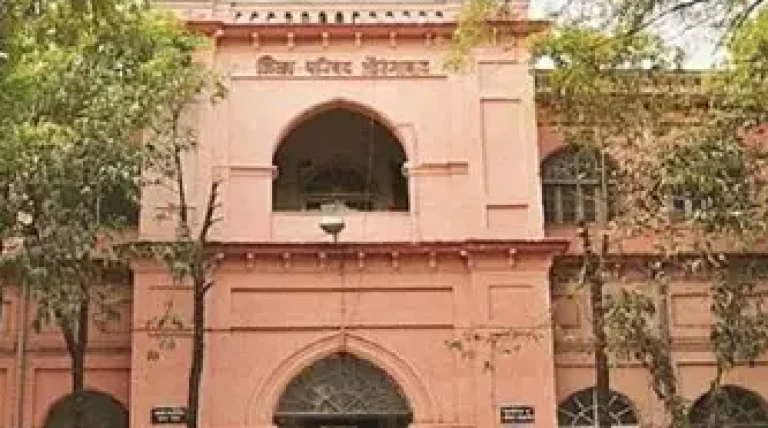Recent studies have revealed that coal-derived fly ash, bottom ash, and overburden clay from the Singareni Thermal Power Plant (STPP) contain rare earth elements (REEs) totaling approximately 400 parts per million (ppm). In comparison, fly ash samples from NLC India’s Neyveli thermal power plants show significantly higher REE concentrations, reaching 2,100 mg/kg, including 300 mg/kg of Yttrium, covering both light and heavy REEs.
To tap into these critical resources, the Government of India launched the National Critical Mineral Mission (NCMM) on January 29, 2025, with an implementation timeline spanning 2024–25 to 2030–31. An initial allocation of ₹100 crore has been made to support pilot projects aimed at recovering critical minerals from industrial waste sources such as fly ash, overburden, mine tailings, and red mud.
As part of this initiative, guidelines for establishing a Centre of Excellence (CoE) under NCMM were approved on April 6, 2025. Coal India Ltd. (CIL) is spearheading R&D projects to assess REE concentrations across coalfield regions, including the North Eastern Region and Singrauli. Preliminary findings indicate REE levels of 250 ppm in coal and 400 ppm in associated non-coal materials—levels considered promising, though commercial viability depends on advances in extraction technology and scalability.
To further this effort, Singareni Collieries Company Limited (SCCL) has signed Memorandums of Understanding (MoUs) with IMMT Bhubaneswar, NFTDC Hyderabad, and IIT Hyderabad to develop and pilot REE extraction technologies.
The update was shared by Union Minister G. Kishan Reddy in a written reply to the Rajya Sabha, highlighting India's strategic move to reduce dependence on imported critical minerals and unlock value from industrial waste.
News by Rahul Yelligetti.
![{[setting('site_name')]}](https://projxnews.com/uploads/setting/16983847711140531930.webp)












